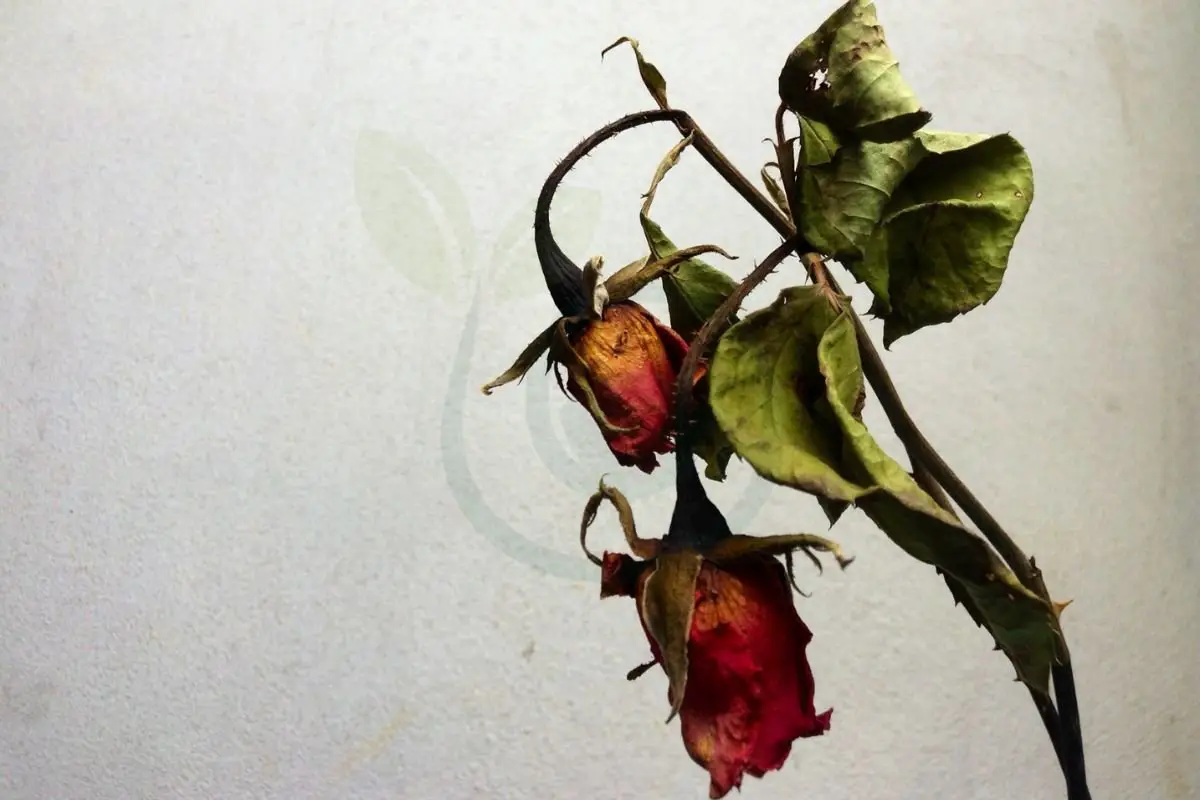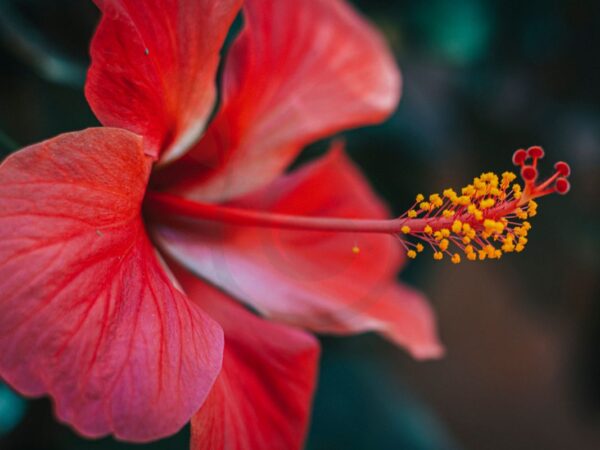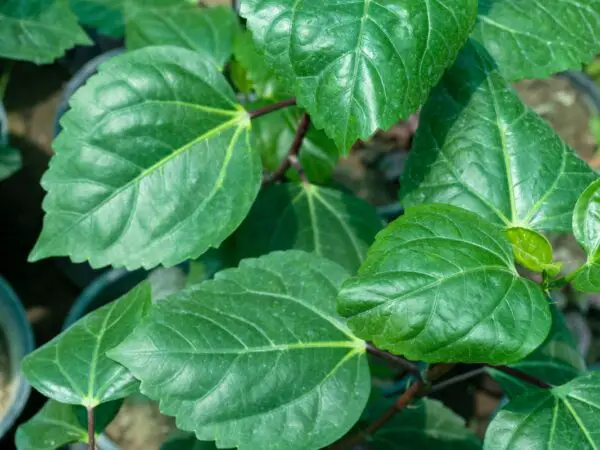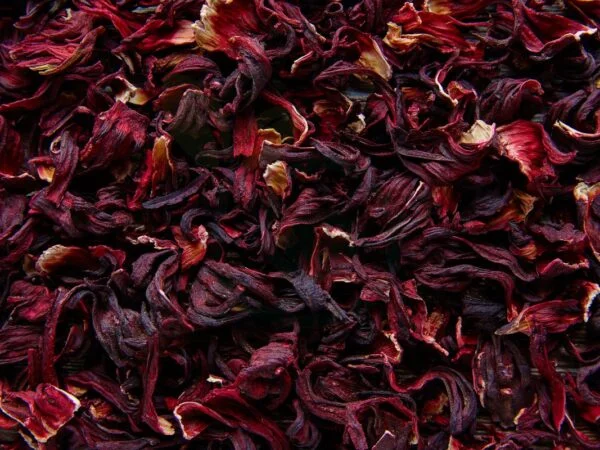
Are your vibrant hibiscus blooms, flower buds, green leaves, and flowers suddenly wilting and losing their luster? Wondering why your once thriving garden centerpiece with green leaves, blooms, and flower buds is now struggling to survive? Let's unravel the mystery behind your hibiscus's decline.
Key Takeaways
- Identify Yellowing Causes: Check for common reasons like overwatering, nutrient deficiencies, pests, or fungus to address yellowing leaves promptly.
- Implement Proper Watering Techniques: Ensure your hibiscus receives adequate but not excessive water by checking soil moisture levels and adjusting watering frequency accordingly.
- Create Suitable Environments: Provide the right conditions such as well-draining soil, proper humidity levels, and appropriate temperatures to promote hibiscus health.
- Enhance Sunlight Exposure: Place your hibiscus in a location with sufficient sunlight to support growth and blooming.
- Modify Soil with Amendments: Improve soil quality by adding organic matter like compost or mulch to enhance nutrient availability and drainage.
- Address Insect Issues: Monitor for pests regularly and use appropriate treatments to prevent infestations that can harm your hibiscus plants.
Identifying Yellowing Causes
Watering Issues
Regularly check soil moisture levels to prevent overwatering or underwatering your hibiscus. Adjust watering frequency based on the plant's specific needs and environmental conditions. Use well-draining soil to avoid waterlogging, ensuring proper root health for the hibiscus.
Environmental Changes
Monitor changes in temperature and humidity to prevent stress on the hibiscus plant. Avoid sudden shifts in the plant's environment, which can lead to yellowing leaves. Provide adequate protection during extreme weather conditions such as frost or heatwaves.
Sunlight Deficiency
Ensure your hibiscus receives a minimum of 6 hours of sunlight daily for optimal growth. Rotate the plant occasionally to promote even sunlight exposure on all sides. Consider using artificial lighting for indoor hibiscus plants lacking natural sunlight.
Nutrient Shortages
Look for signs of yellowing leaves as indicators of nutrient deficiencies in your hibiscus. Address specific nutrient needs by using a balanced fertilizer suitable for flowering plants. Avoid over-fertilizing, as it can lead to nutrient imbalances and harm the overall health of the plant.
Insect Attacks
Regularly inspect your hibiscus plant for signs of pests such as aphids or spider mites. Utilize natural remedies like neem oil to control insect infestations effectively. Introduce beneficial insects like ladybugs as a natural way to combat pest issues without harmful chemicals.
Proper Watering Techniques
Over-watering Signs
Watch for wilting or yellowing leaves due to excess water. Allow the soil to dry out between watering sessions. Consider repotting in well-draining soil to prevent root rot.
Under-watering Signs
Look for drooping or crispy leaves as signs of dehydration. Increase watering frequency gradually to revive the plant. Consider using a self-watering system for consistent moisture levels.
Correct Water Amount
Water hibiscus plants deeply but infrequently. Adjust watering based on the plant's growth stage. Use a watering can with a narrow spout to target the soil directly.
Creating Suitable Environments
Ideal Temperature
Maintain temperatures between 60-90°F for healthy hibiscus growth. Consistent temperature is crucial for plant health. Avoid sudden fluctuations to prevent stress. Use a thermometer to monitor levels accurately.
Humidity Levels
Keep humidity around 50-60% for optimal growth. Regular misting helps increase humidity levels indoors. Utilize a humidity tray or humidifier to maintain ideal conditions for indoor hibiscus plants.
Enhancing Sunlight Exposure
Daily Sunlight Needs
Hibiscus plants require morning sunlight to produce energy for growth and blooming. Avoid exposing them to harsh midday sun to prevent leaf damage. Regularly monitor the plant's sunlight exposure to avoid sunscald issues on the leaves.
Shade Tolerance
Understanding hibiscus' preference for partial shade to full sun is crucial for their well-being. During hot afternoons, provide dappled shade to reduce stress on the plant. Avoid placing hibiscus in deep shade as it can negatively impact flowering.
Soil Amendment Strategies
Testing Soil
Conduct a soil pH test to determine acidity levels. Utilize a soil moisture meter to gauge watering requirements accurately. Based on the test results, consider soil amendments for optimal growth.
Nutrient Enrichment
Apply a slow-release fertilizer for continuous nutrient supply. Opt for organic options such as compost or manure for natural enrichment. Monitor plant response to fertilizer application closely for necessary adjustments.
Addressing Insect Issues
Common Pests
Pests like aphids, whiteflies, and scale insects are common culprits in hibiscus decline. Row covers act as barriers against these invaders. Lacewings serve as natural predators to combat pest infestations effectively.
Organic Controls
Combat pests organically with garlic spray, a homemade remedy that deters insects naturally. Utilize companion plants such as marigolds to repel pests without harmful chemicals. Incorporate diatomaceous earth for non-toxic pest control, safeguarding your hibiscus health.
Understanding Dieback Disease
Disease Symptoms
Watch for signs of fungal diseases like powdery mildew or leaf spot. Prune affected areas promptly to prevent disease spread. Improve air circulation around the plant by spacing out nearby plants to reduce humidity levels.
Disease Causes
Avoid overhead watering as it can lead to fungal diseases. Remove and destroy infected plant parts immediately to prevent disease spread. Disinfect pruning tools after each use to avoid transmitting diseases between plants.
Treating Dieback Disease
Pruning Affected Areas
Prune yellow or diseased leaves to encourage new growth. Removing these affected parts can help the plant focus its energy on healthier areas. Trimming dead branches is crucial to enhance overall plant health and prevent the spread of disease. Remember to sterilize pruning tools between cuts to avoid transmitting any infections.
Chemical Treatments
As a last resort, you can opt for fungicides or pesticides to combat dieback disease. However, it's essential to follow the instructions meticulously when applying any chemical treatments. Prioritize organic and environmentally friendly options whenever available to minimize harm to the plant and surrounding ecosystem.
Preventing Future Dieback
Regular Monitoring
Establish a routine to inspect your hibiscus plant regularly. Check for any signs of disease or stress. Keep a gardening journal to record observations and track the plant's progress over time. This can help you identify patterns and potential issues before they escalate. Act promptly when you notice any changes in your plant's health, such as discoloration, wilting, or unusual growth patterns.
Proper Plant Care
Provide consistent care by sticking to a regular watering schedule. Hibiscus plants require moist but well-drained soil, so ensure you are not overwatering or underwatering them. Monitor the plant's growth closely and adjust your care practices accordingly. If you are unsure about specific plant care needs or notice persistent issues despite your efforts, consider seeking professional advice from a local nursery or horticulturist.
Summary
In understanding why your hibiscus is struggling, you've learned to identify yellowing causes, improve watering techniques, create suitable environments, enhance sunlight exposure, amend soil, address insect issues, comprehend dieback disease, treat it effectively, and prevent its recurrence. By following these steps diligently, you can revive your hibiscus and ensure its long-term health and vibrancy. Remember, consistent care and attention are key to nurturing your plants back to life. Don't hesitate to implement these strategies and watch your hibiscus thrive once again.
Frequently Asked Questions
Why is my hibiscus turning yellow?
When hibiscus leaves turn yellow, it can be due to overwatering, nutrient deficiencies, pests, or diseases. Check the soil moisture level, ensure proper fertilization, inspect for insects, and monitor for any signs of diseases to address the issue promptly.
How often should I water my hibiscus plant?
Water your hibiscus plant deeply once or twice a week, allowing the top inch of soil to dry out between waterings. Adjust the frequency based on weather conditions and the plant's specific needs to prevent overwatering or underwatering.
What are the ideal sunlight requirements for hibiscus plants?
Hibiscus plants thrive in full sun to partial shade, requiring at least 6 hours of direct sunlight daily for optimal growth and blooming. Ensure your hibiscus receives adequate sunlight exposure by placing it in a location with sufficient natural light.
How can I improve the soil quality for my hibiscus plant?
Enhance the soil quality for your hibiscus by using well-draining potting mix rich in organic matter. Consider adding perlite or sand to improve drainage and a balanced fertilizer to provide essential nutrients for healthy growth and vibrant blooms.
What are common pests that affect hibiscus plants?
Common pests that can affect hibiscus plants include aphids, spider mites, whiteflies, and scale insects. Regularly inspect your plant for signs of infestation such as sticky residue, distorted leaves, or visible bugs. Treat any pest issues promptly using insecticidal soap or neem oil.
Image Source: Paid image from CANVA





